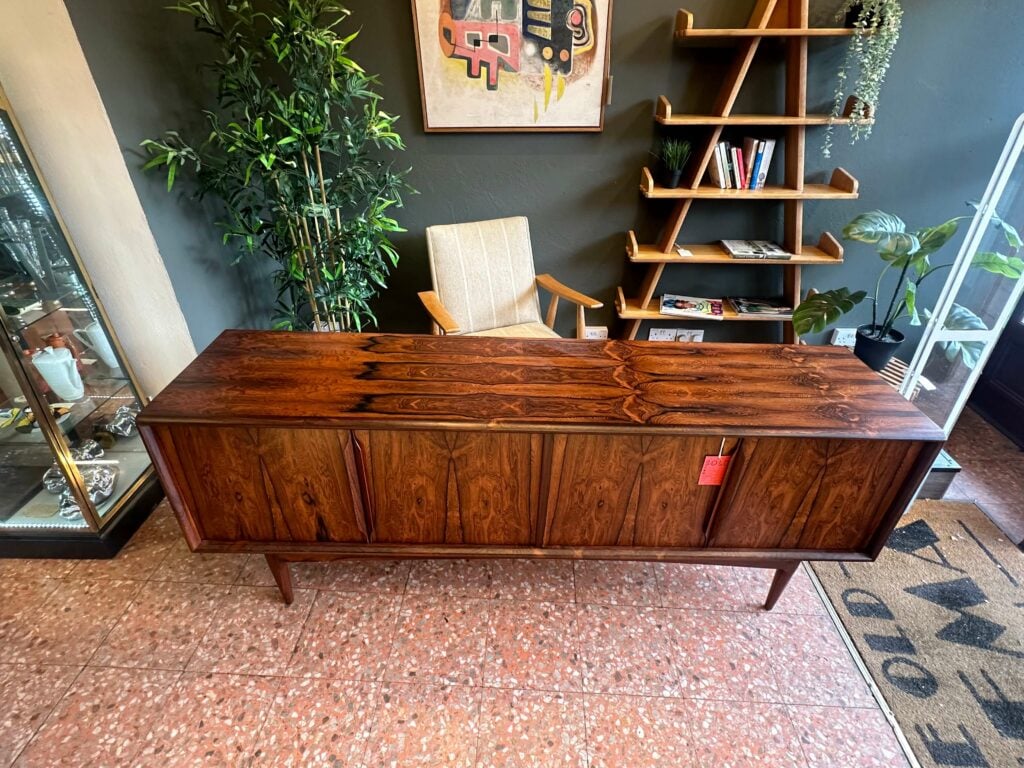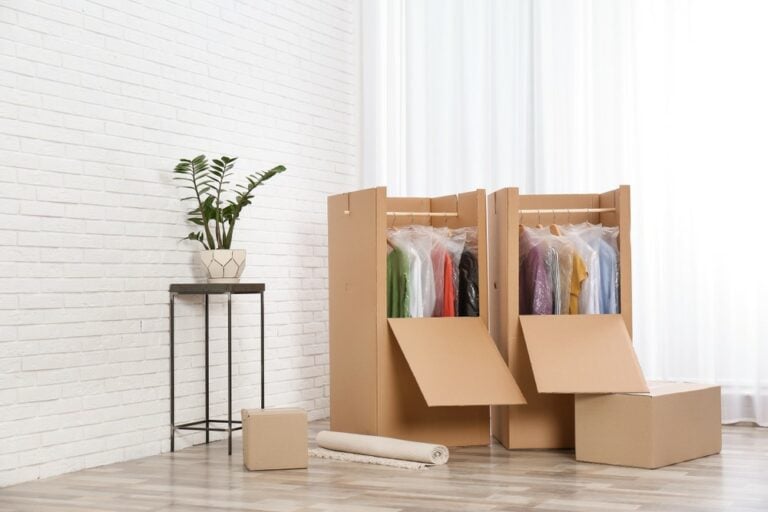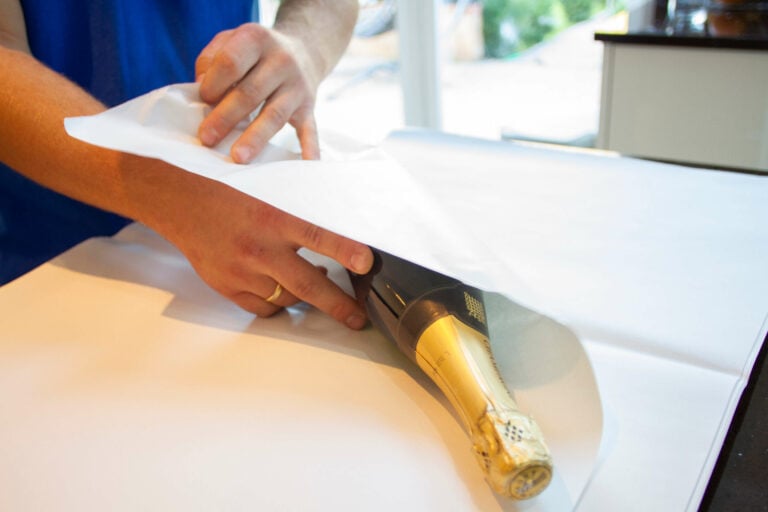
Whether you’re moving between properties, downsizing, renovating, or simply need to store furniture whilst traveling, long-term furniture storage requires careful planning and preparation. At Happy2Move, we’ve helped countless Londoners store their cherished possessions safely, and we’ve learned that proper preparation makes all the difference between finding your furniture in perfect condition or discovering unpleasant surprises months later.
Why Proper Preparation Matters
Furniture stored incorrectly can suffer from moisture damage, pest infestations, scratches, or structural damage that could have been easily prevented. The good news? With the right approach, your furniture can emerge from storage looking as good as the day you put it away.
Before You Store: Essential Preparation Steps

Clean Everything Thoroughly
This is absolutely critical and often overlooked. Before anything goes into storage:
For wooden furniture: Use appropriate wood cleaner and allow to dry completely. Any residual moisture or food particles can attract pests or cause mould growth over time.
For upholstered items: Vacuum thoroughly, including crevices and underneath cushions. Consider professional cleaning for valuable pieces, especially if they’ve been exposed to pet hair, food spills, or general household dust.
For metal items: Wipe down with appropriate cleaners and ensure completely dry to prevent rust formation.
Disassemble When Possible
Taking apart furniture serves multiple purposes:
- Reduces storage space requirements (and costs)
- Prevents stress on joints and connections
- Makes items easier to protect individually
- Reduces risk of damage during transport
Keep all screws, bolts, and hardware in clearly labelled bags taped to the main piece. Take photos during disassembly – you’ll thank yourself later when it’s time to reassemble.
Protect Against Moisture
Moisture is furniture’s biggest enemy in storage. Even in climate-controlled facilities, humidity can fluctuate:
Wooden furniture: Apply a thin coat of quality furniture wax or polish before storage. This creates a protective barrier against moisture.
Metal components: Light coating of furniture oil on hinges and metal parts prevents rust.
Fabric items: Ensure completely dry before storage. Consider moisture-absorbing packets for enclosed spaces like drawers.
Smart Packing and Protection Strategies
Choose the Right Materials
Moving blankets: Heavy-duty furniture blankets provide excellent protection against scratches and minor impacts. They’re breathable, unlike plastic covers which can trap moisture.
Plastic sheeting: Use only for protecting against dust on top surfaces. Never wrap entire pieces in plastic as this creates moisture traps.
Bubble wrap: Excellent for delicate items like glass table tops or mirror surfaces, but allow air circulation.
Cardboard: Perfect for protecting corners and edges of wooden furniture.
Protecting Different Furniture Types
Sofas and chairs: Remove cushions and store separately. Wrap in breathable fabric covers or old sheets. Place on pallets to keep off storage facility floors.
Tables: Remove legs if possible. Protect surfaces with cardboard and blankets. For glass tops, wrap in bubble wrap and store vertically between mattresses or similar soft items.
Wardrobes and cabinets: Remove doors to prevent warping. Store doors separately with protective material between them. Leave drawers slightly open to allow air circulation.
Mattresses: Stand vertically against walls, never lay flat for extended periods. Use proper mattress covers designed for storage.
Strategic Storage Layout
Create an Accessible System
Store items you might need access to near the front of your storage unit. Create pathways through your stored items – you never know when you might need something specific.
Stack Smartly
Heaviest items first: Place heaviest furniture pieces on the bottom, working upwards to lighter items.
Protect surfaces: Use moving blankets or cardboard between stacked items to prevent scratches.
Avoid overloading: Even sturdy furniture has limits. Don’t place excessive weight on delicate pieces.
Utilise Vertical Space
Make use of tall storage spaces by:
- Storing items inside other items (placing boxes inside wardrobes)
- Using the space under tables for smaller items
- Hanging items from walls where permitted
Climate and Environment Considerations
Choose the Right Facility
Climate control: Essential for wooden furniture, antiques, or anything with moving parts. Temperature and humidity fluctuations cause wood to expand and contract, leading to cracks and joint failures.
Security: Ensure your storage facility has proper security measures – cameras, access controls, and regular monitoring.
Cleanliness: Visit potential facilities. They should be clean, dry, and well-maintained. Poor facility maintenance often indicates inadequate climate control.
Monitor Your Storage
Regular checks: Visit your storage unit every few months if possible. This allows you to catch any issues early.
Pest prevention: Use appropriate deterrents like cedar blocks for natural pest control. Avoid mothballs as they can leave lasting odours.
Air circulation: Don’t pack items too tightly together. Air needs to circulate to prevent moisture buildup.
Special Considerations for Valuable Pieces
Antiques and Heirlooms
These pieces often require extra attention:
- Document condition with photographs before storage
- Consider professional packing services for extremely valuable items
- Use acid-free materials for any paper or cardboard touching the furniture
- Consider separate climate-controlled storage for the most valuable pieces
Electronics and Modern Furniture
Remove batteries: From any electronic components to prevent corrosion.
Original packaging: If available, original packaging often provides the best protection for modern furniture with electronic components.
Cable management: Wrap and label all cables separately to prevent tangling and damage.
Common Mistakes to Avoid
Using plastic bags or wrapping: Creates moisture traps that can cause mould and mildew.
Storing dirty items: Food particles and dirt attract pests and can cause permanent staining.
Overloading storage units: Makes access difficult and increases risk of damage from shifting items.
Ignoring insurance: Check whether your home insurance covers stored items, or consider separate storage insurance.
Storing items directly on floors: Even in good facilities, items should be raised on pallets or blocks to protect against potential moisture.
When to Call the Professionals
At Happy2Move, our award-winning team (2024 Packer of the Year winners) regularly helps clients prepare furniture for long-term storage. Consider professional help when:
- You have valuable antiques or delicate pieces
- You’re storing large quantities of furniture
- You lack time for proper preparation
- You’re unsure about specific requirements for particular items
Professional packing services can save you time, provide proper materials, and give you peace of mind that your furniture is properly protected.
Getting Your Furniture Back
When it’s time to retrieve your stored furniture:
Plan ahead: Don’t rush the removal process. Check items carefully before transport.
Inspect thoroughly: Look for any changes or damage before leaving the storage facility.
Allow adjustment time: Items may need time to adjust to your home’s climate, especially wooden pieces.
Clean again: Even well-stored furniture will need cleaning before use.
Final Thoughts
Long-term furniture storage doesn’t have to be stressful. With proper preparation, the right materials, and a suitable storage facility, your furniture can remain in excellent condition for months or even years. The key is taking time upfront to prepare properly – it’s far easier than dealing with damaged furniture later.
Remember, every piece of furniture is different, and when in doubt, don’t hesitate to seek professional advice. Your furniture represents both financial investment and sentimental value, making proper storage preparation worthwhile.
Whether you’re storing a single treasured piece or an entire house worth of furniture, these tips will help ensure everything emerges from storage ready to make your new space feel like home once again.









